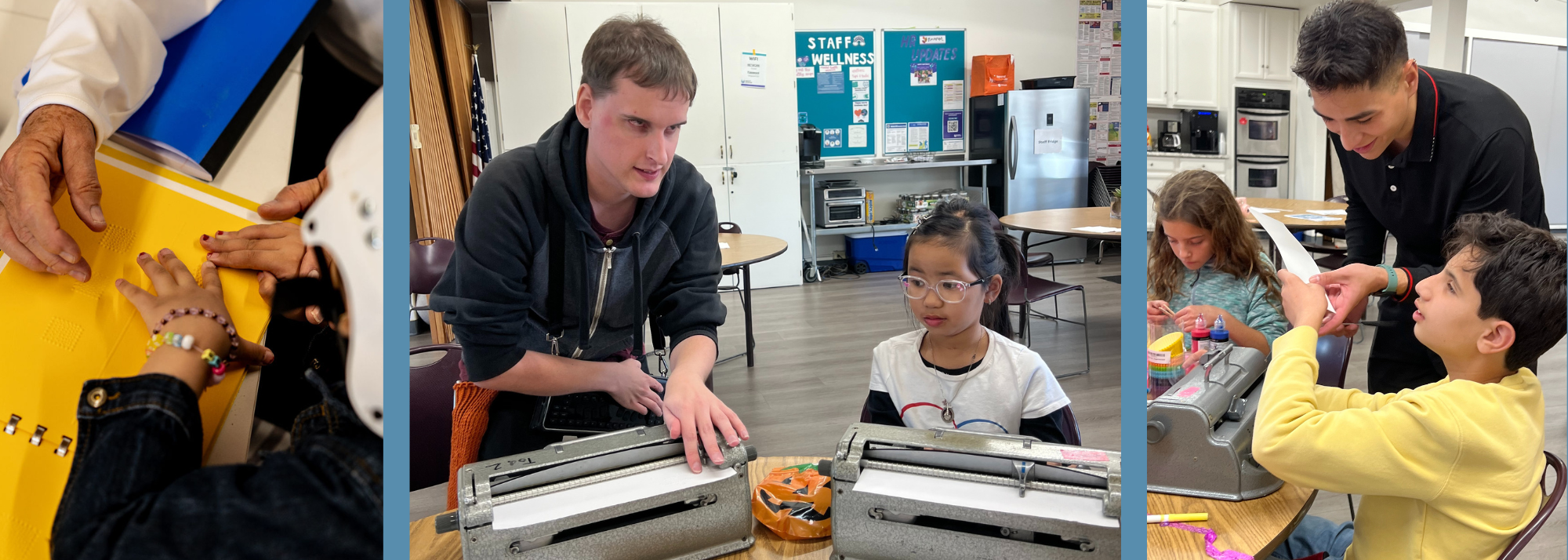
Braille literacy is an essential skill for individuals with visual impairments, providing them with the means to read, write, and access information independently. Developing proficiency in braille opens doors to education, employment, and personal fulfillment. This guide outlines effective strategies for teaching braille, emphasizing early exposure, multi-sensory learning, and fostering a love for reading. By incorporating various braille materials and promoting self-advocacy, we can help students become confident, independent braille readers and writers.
Start Early and Make Braille Part of Everyday Life
Begin teaching braille as early as possible, ideally in the preschool years. Integrate braille into daily routines, whether it’s labeling items around the house, playing braille games, or introducing tactile books. Consistent exposure to braille in functional contexts helps solidify its importance as a tool for independence.
Use a Multi-Sensory Approach
Braille literacy is enhanced when students engage in multiple senses; sight, touch, and hearing. Encourage students to feel braille while listening to the sounds of words, read aloud, or use auditory tools like screen readers. This multi-sensory interaction helps strengthen their understanding of the structure of language and letter combinations
Encourage Reading for Pleasure
Foster a love of reading by offering interesting and age-appropriate braille books. Reading for enjoyment is just as important as academic skills. Providing access to a variety of braille books (including fiction, non-fiction, and interactive texts) motivates students to read for leisure, which in turn enhances their overall literacy development.
Incorporate a Variety of Braille Materials
To maintain engagement and progress in braille literacy, offer a wide range of materials such as tactile books, worksheets, braille labels, and electronic devices with braille displays. Exposure to different types of braille texts, from narrative stories to functional documents, will help students develop diverse reading and writing skills.
Emphasize Independence and Self-Advocacy
Empower students by encouraging them to take ownership of their learning. Provide opportunities for them to make decisions about their braille materials, whether it’s selecting their own books, determining how they want to organize materials, or advocating for braille resources in different settings. Independence fosters confidence and motivation to continue developing braille literacy skills.